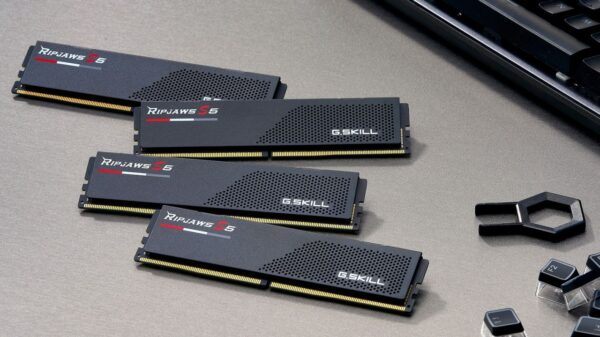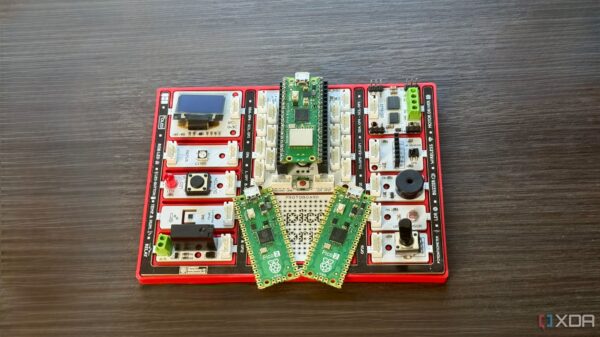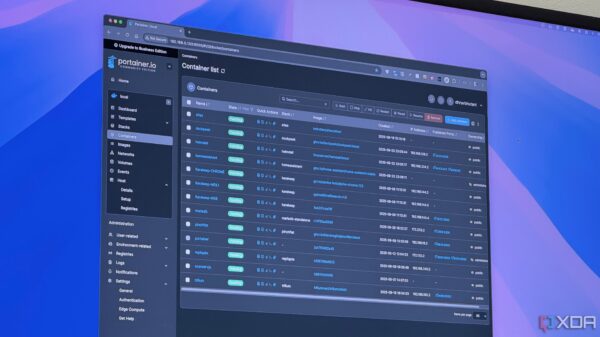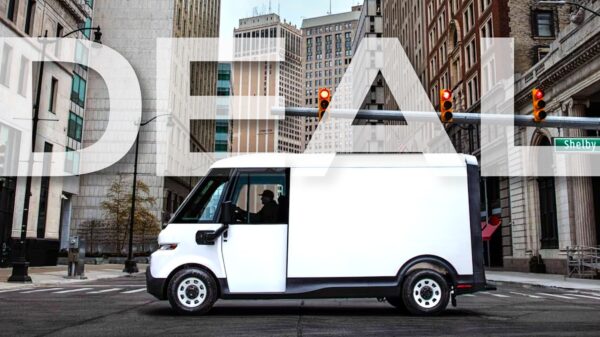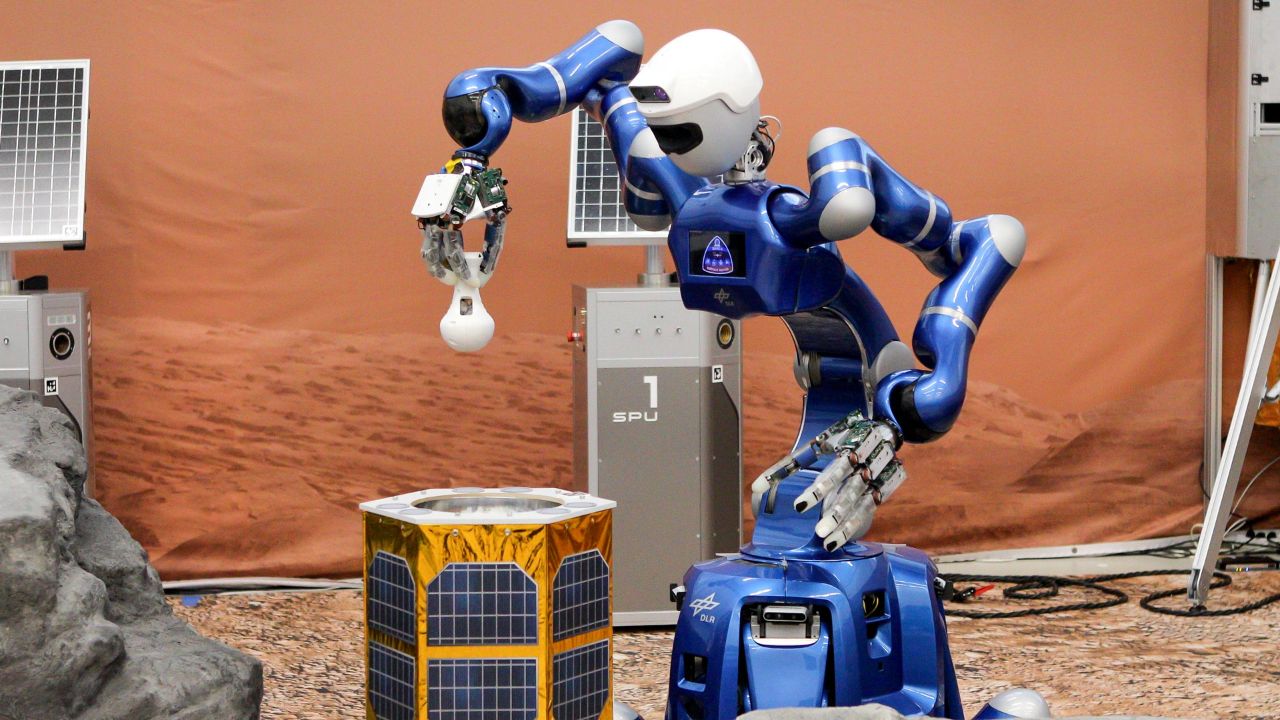A team of four robotic units, guided by NASA astronaut Jonny Kim, recently undertook a series of complex tasks in a simulated Martian environment. This innovative experiment took place at a facility operated by the German Aerospace Center (DLR) in Oberpfaffenhofen, near Munich. The exercise, which occurred in July 2023, involved real-time commands sent from the International Space Station (ISS) as part of the DLR’s Surface Avatar project.
The project aims to explore how astronauts can remotely operate robotic systems on other planetary bodies, with a particular focus on Mars and the moon. Kim, who was aboard the ISS at the time, commanded the robots, including Bert, a four-legged robot, and Spot, a robot dog developed by the European Space Agency. The collaboration also included the humanoid robot Rollin’ Justin and the Interact rover, highlighting the growing synergy between human operators and robotic assistants.
Innovative Problem Solving in Space
During the simulation, Kim faced unique challenges, including a scenario where Bert sustained a simulated leg injury. DLR officials explained that Kim engaged in a “training” session for Bert, experimenting with various gaits until the robot adapted to moving effectively with three legs. This exercise demonstrated the potential for human-robot collaboration in dynamic and unpredictable conditions.
Once Bert was operational again, it participated in an exploration of simulated Martian caves, where it encountered drawings reminiscent of prehistoric art, such as those found in the Lascaux caves in France. In tighter quarters, Kim switched to manual control, navigating Bert through the cave using the robot’s camera feed and joystick controls. This hands-on approach emphasized the importance of direct human oversight in complex robotic tasks.
A Milestone for Space Exploration
The exercise was the fourth and final in the Surface Avatar series, which began recruiting robots and astronauts in 2022. Previous participants included other ISS astronauts, such as Frank Rubio and Marcus Wandt. The results of these experiments have generated significant excitement within the scientific community. Alin Albu-Schäffer, director of DLR’s Institute of Robotics and Mechatronics, stated, “We have now achieved all the technical requirements for controlling complex robotic missions on Mars — and for a future permanent lunar research station.”
The DLR’s collaborative efforts with NASA are part of a broader commitment to the Artemis Accords, an international framework aimed at ensuring responsible exploration of the moon and beyond. Germany’s involvement underscores its role in shaping future missions to Mars, which has garnered renewed interest under recent U.S. administrations.
During the exercise, Spot successfully located and retrieved multiple “sample containers” within the simulation, demonstrating its effectiveness in a Martian-like environment. The robot utilized a gripper arm to transport the samples to a designated area, showcasing the practical applications of robotic assistance in extraterrestrial exploration.
Looking Ahead to Future Missions
As the team wrapped up the successful excursion, Kim marked the occasion by shaking hands — from orbit — with Neal Lii, a DLR scientist and principal investigator of the Surface Avatar project. This moment was made possible through Rollin’ Justin, which conveyed the force and movement of the handshake, illustrating the emotional connection that can be fostered even across vast distances.
The experiments conducted during this series of exercises hold significant implications for future missions, including NASA’s planned lunar Gateway, which is intended to support both crewed and robotic Artemis missions. Thomas Krüger, team lead at ESA’s human-robot interaction lab, emphasized the importance of these findings, stating, “By involving an astronaut in microgravity and using relay satellites, we have overcome the technical hurdles involved in the remote control of robots.”
The collaboration between astronauts and robotic systems represents a significant advancement in space exploration, paving the way for more complex missions on the moon and Mars. As research continues, the integration of AI and robotic technology will play a crucial role in humanity’s quest to explore the cosmos.


